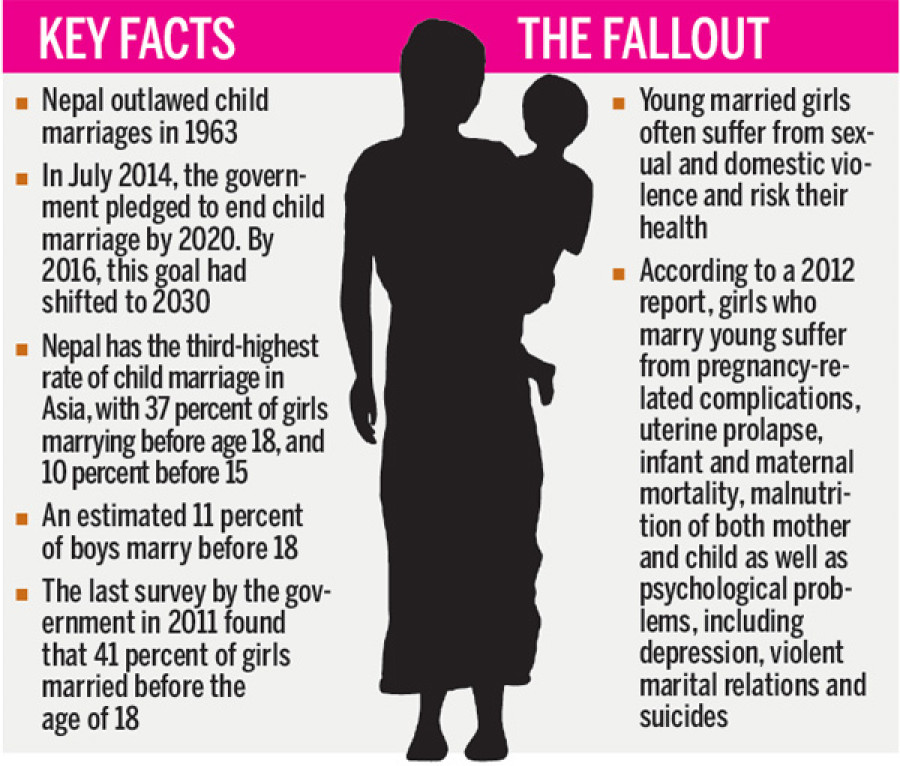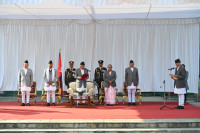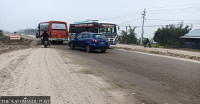National
Child marriage still rampant in Kalikot
Despite taking important steps over the past few years to promote gender equality, Nepal still sees the highest rates of child marriage in the world.
Tularam Pandey
Despite taking important steps over the past few years to promote gender equality, Nepal still sees the highest rates of child marriage in the world.
A Human Rights Watch report released in September found 37 percent of girls in Nepal marry before age 18 and 10 percent are married by age 15 and traditional practices and poverty play a major role.
Kalikot district is a case in point, where child marriage is still rampant.
Most of the Dalit students of Shankar Higher Secondary School at Serijula in Raku-4, Kalikot got married even before they turned 19.
The minimum age of marriage under the existing law is 20 years.
School records showed that 33 students from grades six to ten got married in early ages. Of the 33 students, 27 are girls.
Of the 27 married girls, 25 are from Dalit families.
Sixteen-year-old Sushila Sarki, a 10th grader at the school, is married to 18-year-old Naya Sarki. “Now, I have 10-month-old child,” she says. “My husband and I are in the same class.”
They got married after a courtship.
The couple wants to appear in the SLC examination.
But Tek Bahadur Giri, headmaster of the school, said married students do not attend classes regularly.
“We plan to run family planning courses for them,” said Giri.
Tek Bahadur Batala, headmaster of Masto Saraswaoti Secondary School in Ruku-5, said seven students of got married under the age of 18, District Education Officer Bishnu Prasad Tiwari said child marriage has serious implications on the health and wellbeing of girls.
The last survey by the government in 2011 found that 41 percent of girls married before the age of 18.
Studies have shown that young married girls often suffer from sexual and
domestic violence and risk their health.
According to a 2012 report, girls who marry young suffer from pregnancy-related complications, uterine prolapse, infant and maternal mortality, malnutrition of both mother and child as well as psychological problems, including depression, violent marital relations and suicides.
According to the Nepal Human Development Report 2014, Dalits make up 13
percent of the country’s total population, and 43.6 percent of Dalits are extremely poor. Forty-eight percent are illiterate.




 9.12°C Kathmandu
9.12°C Kathmandu















